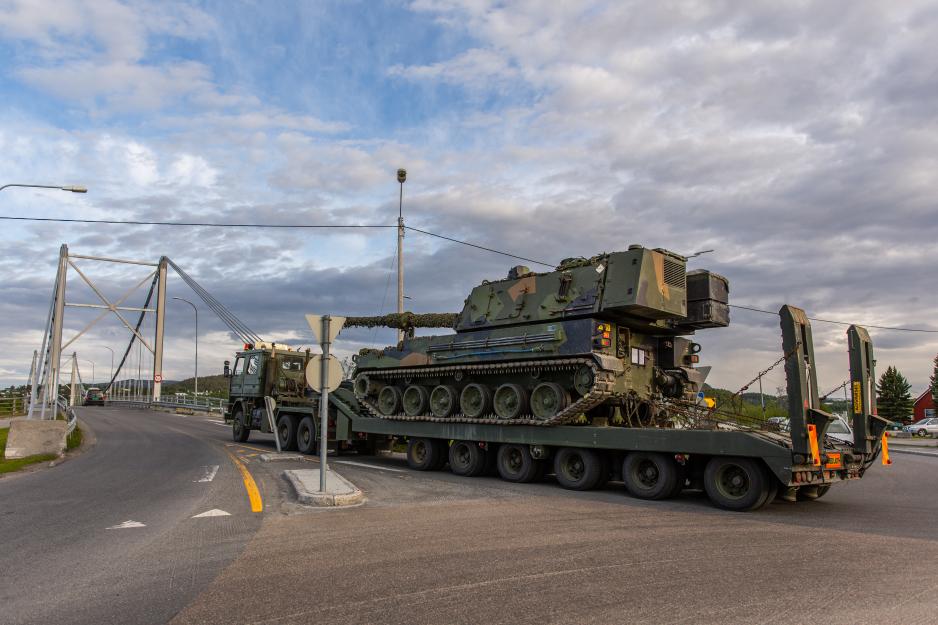Newsletter: Closing the Nordic Gaps

Earlier this week, the K9 Thunder artillery was transported from Setermoen to Porsangmoen for the sniper exercise, here over the Alta bridge. (Photo: Christina Gjertsen / The Armed Forces).
Dear reader! While the Nordics wait for the processing of Sweden’s and Finland’s NATO applications, gaps are filled in the Nordic countries’ defenses.
The Nordics have spent their waiting time well, and cooperation is now agreed in several areas.
And this week, the defense ministers from the ten countries of the Joint Expeditionary Force (JEF) met in Norway to practice interaction in a crisis situation.
As was announced last week, the Arctic Council will continue without Russia, and Jeremy Greenwood of the Brookings Institution says it is in its full right to do so.
“Yet it may give Russia little other choice than formally withdrawing from the Arctic Council”, Greenwood says.
In other news;
There are investments in the High North.
That is the week as seen from the North. All that remains now is to wish you all the best for the upcoming weekend from the editorial staff at High North News. Do not forget to tip us off about this and that in the Arctic!
Kind regards,
Trine Jonassen, News Editor
This newsletter has been translated and adapted by Elisabeth Bergquist

